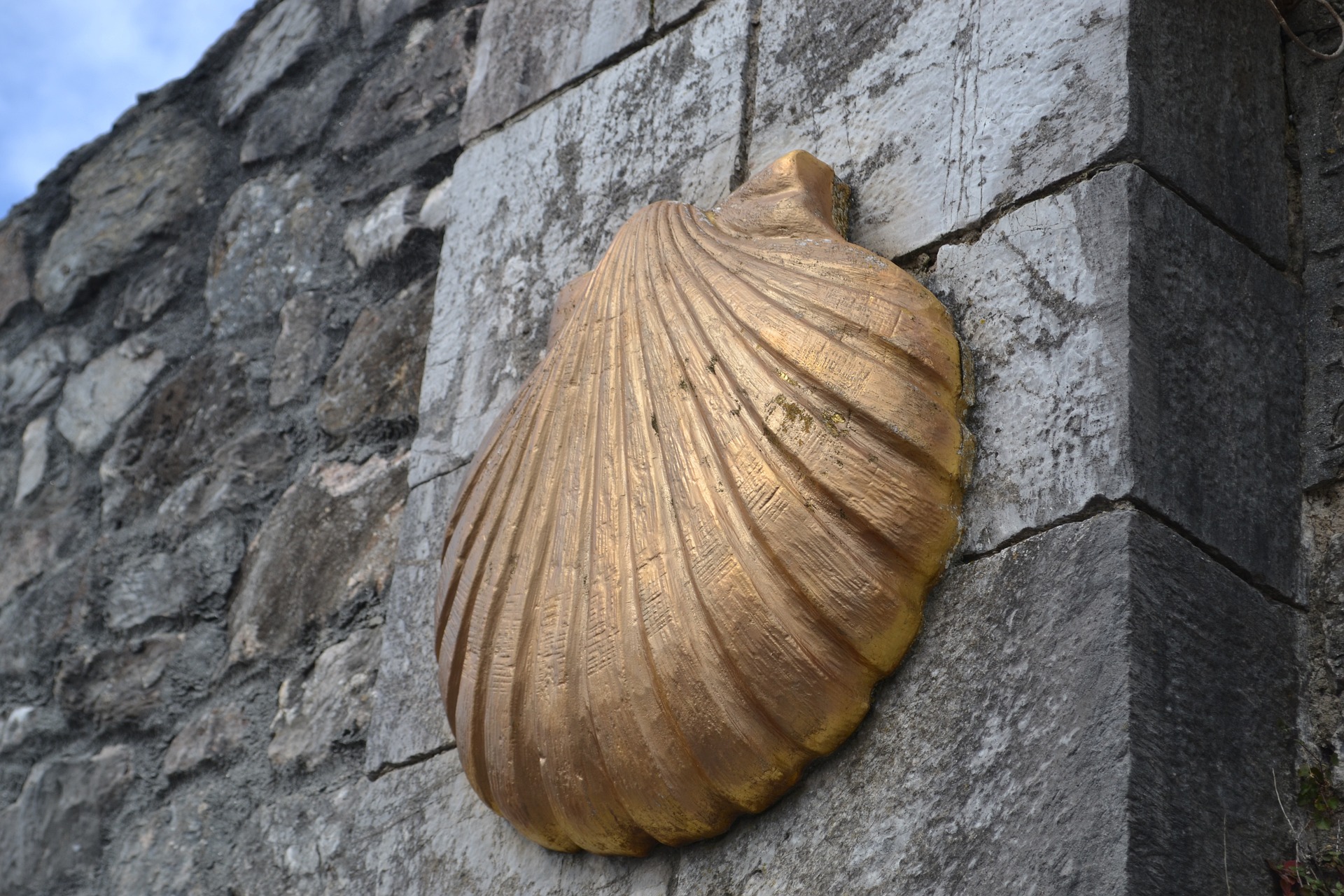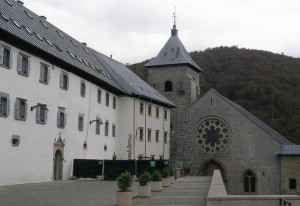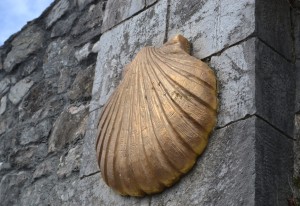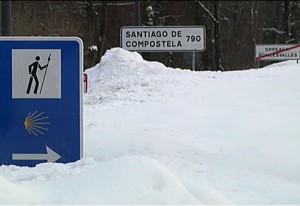The first pilgrim who completed the Camino de Santiago, of which there is evidence, is none other than King Alfonso II of Asturias, nicknamed “el Casto”, who made this pilgrimage in the year 813. His nickname “el Casto” comes from that in all his life he had no relationship with any woman.
The story of the first pilgrim to Santiago
At that time the Kingdom of Asturias comprised the territories that are mostly today: Asturias, Galicia and León, therefore, Alfonso II was king when the remains of the Apostle Santiago were discovered in Iria Flavia. The king traveled, at the request of the bishop of Iria Flavia, more than 300 kilometers to the place where the remains of the Apostle were found, in order to support the veracity of the finding.
This trip had the objective of turning the remains of Santiago into a symbol that united and guided the Christian kingdoms of the Iberian Peninsula against the Muslims, who at that time occupied most of the territory.
He also financed the construction of a temple to protect the remains of the Apostle and endowed the Compostela Church with land and privileges so that the faithful could worship Santiago. These actions allowed the order that safeguarded the remains and also the region to grow, turning it into one of the most important pilgrimage sites in the world and the origin of the phenomenon that we know today as the Camino de Santiago.
The success of the Camino de Santiago also helped Alfonso II to strengthen his kingdom, thanks to the movement of merchants and knights from all over Europe.
The route that followed King Alfonso was the main pilgrimage route to Santiago for years, but with the transfer of the court to León and the advance of the Reconquest of the Peninsula, it was losing pilgrims in favor of the French Way, which had better climate and was less demanding.
The oldest path of the Camino de Santiago
The route traveled by the first pilgrim is now known as the Camino Primitivo and has its historical origin where the court of King Alfonso was found, in the city of Oviedo.
The Primitive Way is gaining more and more popularity, but it is far from being as crowded as other routes, such as the French Way.
Its main attractions are its ethnographic and historical wealth, in addition to its spectacular landscapes.
On the other hand, it is also considered one of the most physically demanding, due to the mountainous geography of the region and the humid climate.
Remember that on our social networks we will keep you up to date with all the news that arises, follow us on Facebook or Instagram!
In addition, we encourage you to share with us your experience traveling the Camino de Santiago on these social networks by tagging us or including the hashtag #alberguesdelcamino in your publication. We await your photos!












